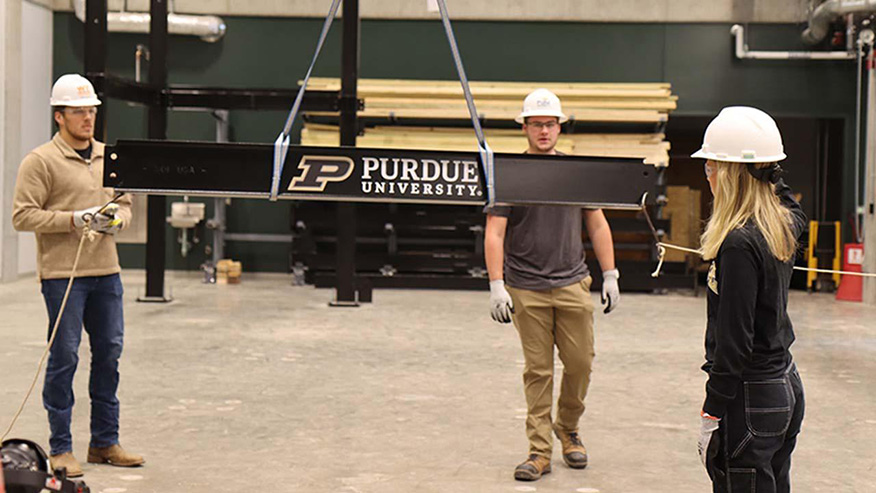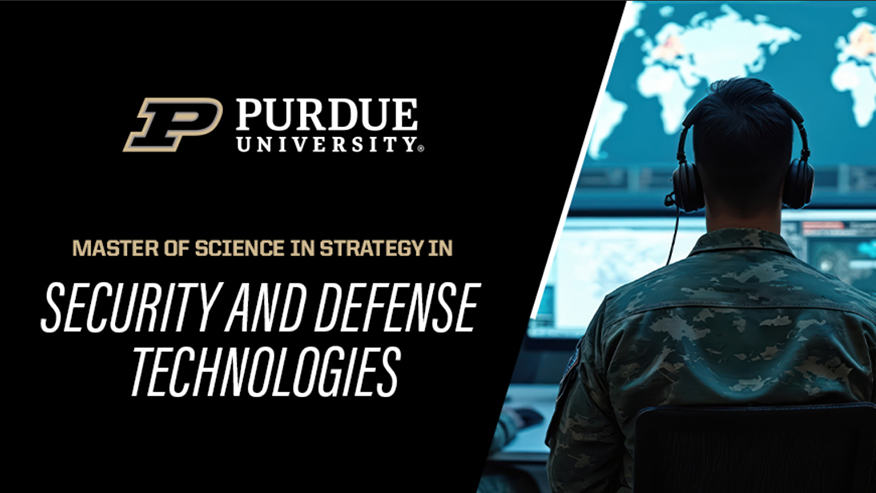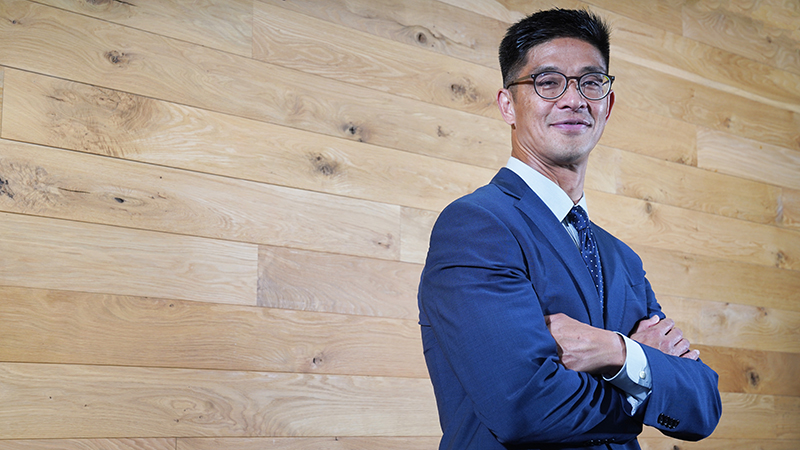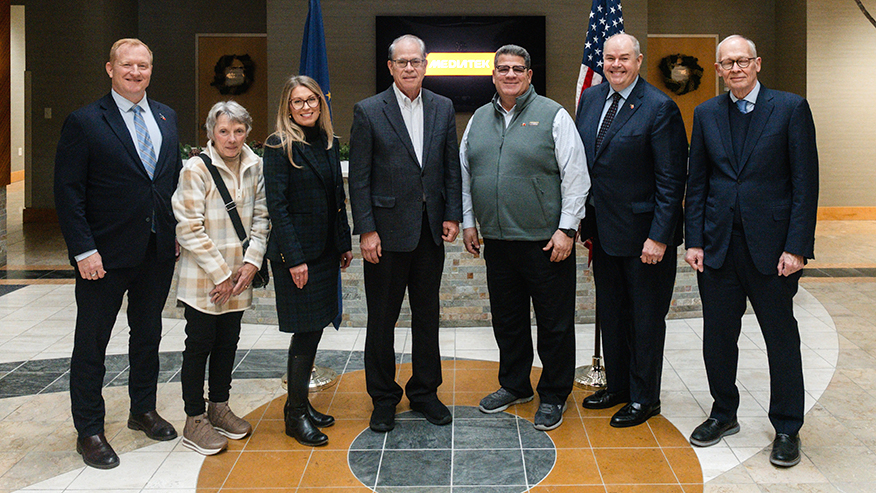Purdue offering online Prequalified Structures for the Stage course
Reveals the engineering behind theater set construction
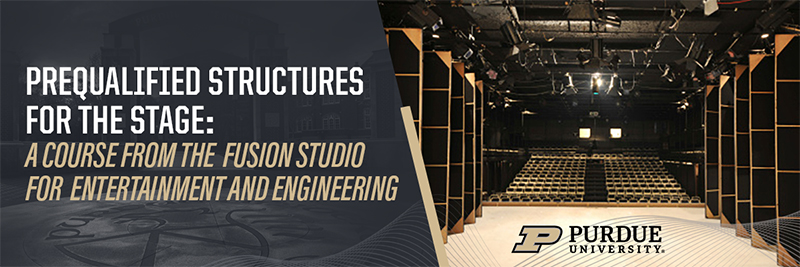
WEST LAFAYETTE, Ind. —
For theater lovers, there is a kind of magic to watching a play come to life on stage. Good stage productions transport audience members into the story, making them momentarily forget their lives outside of the theater.
But making productions come to life takes a lot of work – set elements, for example, require months of careful planning and construction. Safe and effective set construction is often the literal foundation behind a production’s ultimate success, as well as the safety and well-being of its actors. The secret behind safe set construction? Smart engineering.
“The number of online videos documenting stage collapses is frightening,” said Rich Dionne, associate professor of practice and faculty technical director for Purdue’s Fusion Studio for Entertainment and Engineering. “Wanting to build a raised platform and knowing how to do it safely are two different things, and being able to confidently determine how best to construct platforms ensures the safety and well-being of all involved in a production.”
Purdue’s new online course Prequalified Structures for the Stage, offered by the Fusion Studio for Entertainment and Engineering, explains the engineering principles behind effective and safe theater set construction. The five-week course covers topics such as understanding loads on platforms, structural considerations, sheet goods, stick lumber, framing, legs and supports, 2-by-4-framed platforms and stressed-skin panels, and pre-manufactured platforming – essential components of theater set construction.
The course is taught asynchronously, meaning students can access course materials at any time and work on a flexible schedule. The course’s online modality makes it an ideal upskilling opportunity for professionals who already work in the theater and performing arts industries and are seeking a new qualification that can be earned in their free time.
“Some of the folks who most want this knowledge are busy doing the work, and finding time to gain new knowledge can be challenging,” Dionne said. “You can complete the materials in this course at your own pace—at 2 in the morning in your pajamas, or on a break during a load-in – however you can fit it into your schedule.”
Dionne, the course’s instructor, has decades of experience working in the theater industry as a scenery automation and show control systems specialist. At Purdue, he mentors engineering students concentrating in theater engineering and has served as the technical director for many Purdue Theater productions.
Before joining the faculty at Purdue, Dionne was the production manager and sound designer at the Shakespeare Theater of New Jersey. He is passionate about both the art of theater and the engineering behind a production’s success, and he brings those joint passions into the classroom.
“This course takes an approach that foregrounds the principles involved and minimizes mathematical analysis,” Dionne said. “The intent is to provide a basis for understanding how various stage structures work—useful knowledge for anyone in this industry, from directors to set designers, stagehands to technical directors.”
Though much of the information in the course is based on engineering principles, the course is accessible to beginners and open to the public. High school and college theater educators, theater managers, stage managers, directors, performing artists, venue owners and anyone else interested in learning more about set construction is welcome to enroll.
For more information on Purdue’s online Prequalified Structures for the Stage course, including how to register, please visit the program’s website.
Writer: Rachel Barton barton53@purdue.edu
Source: Rich Dionne rdionne@purdue.edu
